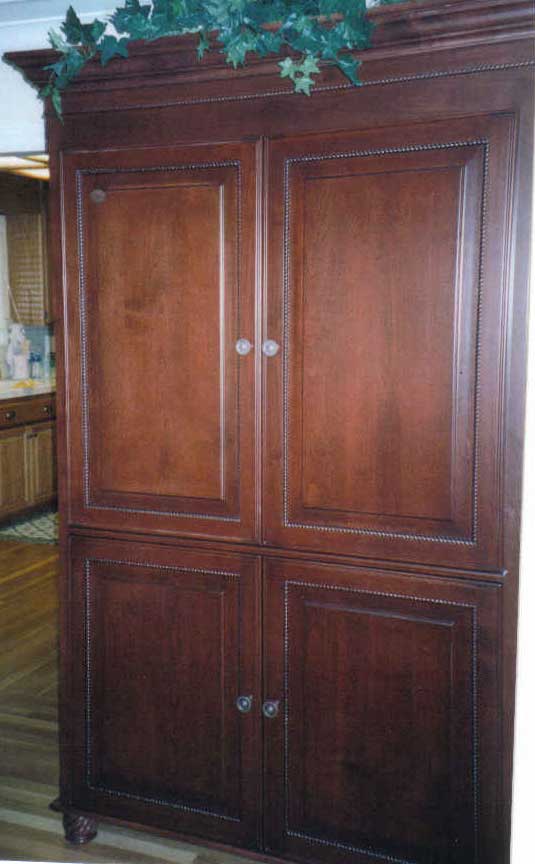Question
I primarily refinish furniture, but lately I've been working on pieces that are 100 years old or better that don't need to be refinished - just restored. I use the same finish that is original to the piece, such as oil, shellac, or varnish, sometimes lacquer.
I've heard about this B-72 acrylic that is used as a barrier coat between the original finish and the applied new finish. My first question is about its reversibility. Will removing the B-72 damage the finish that is underneath it? From what I've read it will not, but how is this done? Can B-72 be used as a finish without another being placed on top? Does the B-72 come in different sheens? Can it be sprayed or should it be wiped or brushed on? Which solvent is used to liquefy it?
Forum Responses
(Finishing Forum)
From contributor C:
B-72 is an acrylic polymer, although it was reported to be a P(MMA?EA), it has been shown to be P(EMA?MA) with a mole ratio of 70:30 (DEWITT et al. 1978). For your use, that just means it has been proven to be the best and most stable acrylic polymer for use in conservation/restoration.
Although B-72 could be used to coat an entire piece of furniture, it is not, for many reasons. One is cost, another flexibility - it is a pretty hard resin and unless you were to add plasticizers to it, it would crack if applied to large wooden surfaces. Its main uses in wood conservation and restoration are as a consolidant, barrier/isolation coat, resin binder with vehicle for colorants, and a wide range of non-wood uses such as fabric, stone, etc. It is soluble in a wide range of polar solvents, but for your use it would be best to use xylol (p-xylol, to be exact). It is applied over historical coatings such as shellac, mastic, sandrac, or mixtures of these or other resins, to form an isolation/barrier coat to do further work over it (color, in painting, etc.) Since these resins are readily alcohol soluble, and the B-72 is in a xylol solvent which for all practical purposes does not resolve these resins, its use is considered reversible, by simply removing with a soft rag, pad, cotton tip/q-tip or other depending on and where it is placed, with xylene as the solvent. Yes, you can spray any solvent base acrylic, but this is not its purpose. Yes, you can use different aftermarket products to lower the sheen, but it only comes in gloss pellet/powder or other form usually, and I don't trust liquid versions of any product.
It is used as a coating on wood or other objects, and can be sprayed, brushed and I suppose wiped, dependant on the solvent used. Its sheen is naturally gloss, but that too can be altered either by sanding/polishing to the desired gloss or by using a slower evaporating solvent it can be brushed continually until it is almost dry, thus effectively lowering its sheen visually.
Although the info is held as proprietary, it is widely believed that the Krylon brand, hardware store, acrylic aerosol cans are B-72 based and they come in different sheens. Note: Ready made may contain solvents such as toluene which could affect other coatings, so I would not use those for historic furniture.
It has a higher molecular weight than shellac, so it does not saturate raw wood the same as shellac. When used as a barrier coat over shellac or even to prime broken surfaces which are to be joined, it can be made from the pellet form into whatever ratio needed. A 5% solution may be a very thin but effective barrier coat.
There is plenty of information and articles you can find for further reading. It is made by Rohm & Haas, but can be purchased through smaller distributors. Kremer was bought out in '06 by Sinopia, N.Y., Museum Services and Talas also carry it I think. Kudos to you for caring enough to look into this.
